Hello Friends, This is Mukesh from Learning Technology. I will tell you in today’s post, How to determine Aggregate Abrasion Value Test in a very easy way.
Contents
Object of Experiment
To test the Coarse Aggregate for its resistance to abrasion in the Los Angeles testing machine.
Theory and Scope
The aggregate used in the surface course of the highway pavements is subjected to wearing due to the movement of traffic. The vehicles with pneumatic tires, steel reamed wheels and animal-driven carts cause considerable abrasion of the road surface. Therefore, road aggregates should be hard enough to resist abrasion.
In the Los Angeles abrasion test, an abrasive consisting of standard cast iron balls are mixed with the aggregates which rotated in a drum for a specific number of revolutions. The percentage wear of the aggregates due to rubbing action with steel balls is determined and is known as the Los Angeles abrasion value. However, it should be noted that the steel balls also cause an impact on aggregates. Abrasion testing of aggregate is one of more direct application to the testing of stone aggregate for wearing. The aggregate which shows a low loss in this test is generally hard, tough, resistant to abrasion and strong. These are also desirable and necessary qualities for the durability of concrete.
Equipment
Los Angeles abrasion testing machine
1.7 mm IS sieve
Balance of capacity 5 kg or 10 kg
Drying oven and Trays
Los Angeles abrasion testing machine
It confirms in all its essential characteristics to the design specifications laid down by AASHO designations T: 96-51 and IS 2386 (Part IV) – 1993.
The Los Angeles Machine consists of a hollow steel cylinder closed at both ends with an internal diameter of 700 mm and length 500 mm, mounted longitudinally on a horizontal shaft. The horizontal axle is so arranged that it does not pass right through the drum. The drum is provided with a firm, rigid 88 mm removable steel shelf projecting radially 88 mm into the cylinder, and extending for the full length, i.e., 500 mm. The shelf is placed at a distance 1250 mm minimum from the opening in the direction of rotation. The standard speed of revolution is 30-33 Revolution Per Minute. For fine grading, the standard number of revolutions is 500, but for coarser grading, it is 1000. The cover to the opening for inserting and removing the sample should be arranged so that it flushes with the inside of the drum.
READ MORE
- Flash and Fire Points of Bituminous Materials
- Determination of Flakiness and Elongation Index of Coarse Aggregates
- Stripping Value of Road Aggregate by Dynamic Immersion Method
- Determination of Efficiency of a Centrifugal Pump
- Calibration of V-Notch Experiment
- Aggregate Impact Value Test as per IS 2386 (Part-IV) 1993
Abrasive Charge: The abrasive charge consists of cast iron balls approximately 47.5 mm in diameter and each weighing between 390 grams and 445 gram confirming to the composition requirement stipulated in an s h designation 72 31. Depending upon the grading of Taste test samples 6 to 12 balls are required.
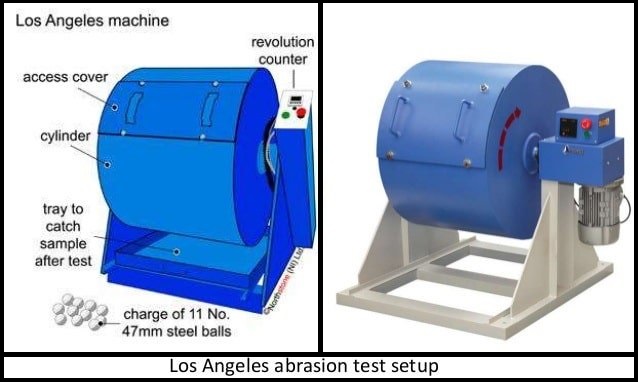
The abrasive charge for various grades of the sample
| Grading |
Weight in grams of each test sample in the size range, mm (Passing & retained on square holes) |
Abrasive Charge |
||||||||||
| 80-63 |
63-50 |
50-40 | 40-25 | 25-20 | 20-12.5 | 12.5-10 | 10-6.3 | 6.3-4.75 | 4.75-2.36 |
No. of Spheres |
Weight of Charge (gm) |
|
|
A |
1250 |
1250 | 1250 | 1250 | 12 | 5000±25 | ||||||
|
B |
2500 | 2500 |
11 |
4584±25 | ||||||||
|
C |
2500 | 2500 |
8 |
3330±20 |
||||||||
|
D |
5000 |
6 |
2500±15 |
|||||||||
|
E |
2500 | 2500 | 5000 |
12 |
5000±25 |
|||||||
|
F |
5000 | 5000 | 12 |
5000±25 |
||||||||
|
G |
5000 | 5000 | 12 |
5000±25 |
||||||||
Procedure
Step 1: Select the grading to be used in the test. In practice, the gradings used shall be those most nearly representing the aggregate to be used in the construction of the work.
Step 2: Determine the abrasive charge corresponding to the grading selected in Step 1.
Step 3: Collect 25 kg of a representative sample for grades A, B, C or D and 50 kg for grading E.
Step 4: Calculate the mass of a test sample of aggregate from Table 11.5. Reduce the representative sample obtained in Step 3 to the desired quantity by riffle box or by quartering.
Step 6: The test samples ( 5 kg for grading A, B, C or D and 10 kg for grading E) shall consist of clean aggregate which has been dried in an oven at 105 – 110 degree Celsius to a substantially constant mass and shall conform to one of the grading shown in Table 4.2.
Step 7: Place the test sample and the abrasive charge in the Los Angeles abrasion testing machine and replace the cover securely.
Step 8: Rotate the cylinder at a speed of 30 to 33 revolution per minute. For grades A, B, C, and D the machine shall be rotated for 500 revolutions and for grading E it should be rotated for 1000 revolutions.
Step 9: At the completion of the required revolutions, discharge the material carefully from the machine to a tray.
Step 10: Remove the cast iron balls and make a preliminary separation of the sample on a sieve coarser than 4.75 mm sieve.
Step 11: Sieve the finer portion on a 1.7 mm IS sieve.
Step 12: The material retained on 1.7 mm IS sieve shall be washed, dried in an oven at 105 to 110 degrees Celsius to a substantially constant mass and accurately weighed to the nearest gram.
Step 13: Determine the loss in mass, represented by the material passing the 1.7 mm IS sieve, by difference and explain it as a percentage of the original mass of the sample.
Step 14: Repeat the experiment with another sample and determine the mean of two values to the Los Angeles abrasion value.
NOTE: If this value is less than 40 percent, the aggregate can be used in concrete obtained for road surfacing.
Observations and Calculations
| Sample No |
(I) |
(II) |
| Speed of Drum in RPM | ||
| Number of required revolution | ||
| Sieve used for fine fraction | ||
| The original mass of the test sample, W1 grams | ||
| The final mass of the test sample, W2 grams | ||
| Loss in mass, (W1 – W2) grams | ||
| Percentage of wear, P = (W1 – W2)/W1 x 100 |
Precautions
1. The sieving operation should be conducted by means of lateral and vertical motion of the sieve, accompanied by the jarring action so as to keep the sample moving continuously over the surface of the sieve. In no case shall the fragments of the sample be turned or manipulated to the sieve by hand.
2. Use a coarser sieve first in order to minimize wear of 1.7 mm Sieve.
Discussion
Los Angeles abrasion test is preferred because the resistance to abrasion and impact is determined simultaneously. Depending upon the abrasion value of aggregates Indian Road Congress has provided guidelines grading the suitability of aggregate for different road constructions.
The percentage of wear depends upon the grading, the number of steel balls forming the abrasive charge, the number of revolutions of drum and the mass of the sample. These all are variables according to the grading. The number of steel balls used is adjusted for each grading so as to make the result independent of the grading of the test sample.
Maximum allowable Los Angeles abrasion value of aggregates in different types of pavement layers
|
SL NO. |
Types of Pavement Layer |
Los Angles Abrasion Value (maximum) % |
|
1 |
Water Bound Macadam road (WBM), sub-base course |
60 |
|
2 |
WBM base course with the bituminous surfacing |
50 |
| Bituminous Macadam base course | ||
| Built-up spray grout base course | ||
|
3 |
WBM surfacing course |
40 |
| Bituminous Macadam binding course | ||
| Bituminous penetration Macadam | ||
| Built-up spray grout surface course | ||
|
4 |
Bituminous carpet surface course |
35 |
| Bituminous surface dressing, single or two-course | ||
| Bituminous surface dressing, using pre-coated aggregates | ||
| Cement concrete surface course (as per IRC) | ||
|
5 |
Bituminous / Asphaltic concrete surface course |
30 |
| Cement concrete pavement surface course (as per ISI) |
The percentage of wear is increased if the stone is flat and elongated. The same effect is obtained if soft material is present in the sample, but if the stone is of uniform quality, the percentage loss is proportional to the number of revolutions. For the aggregate used in concrete the Los Angeles abrasion value of 40% is the highest acceptable but lower values should be specified for concretes to be used in wearing surfaces.
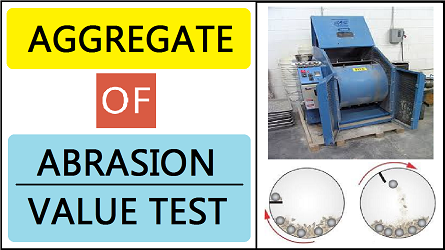
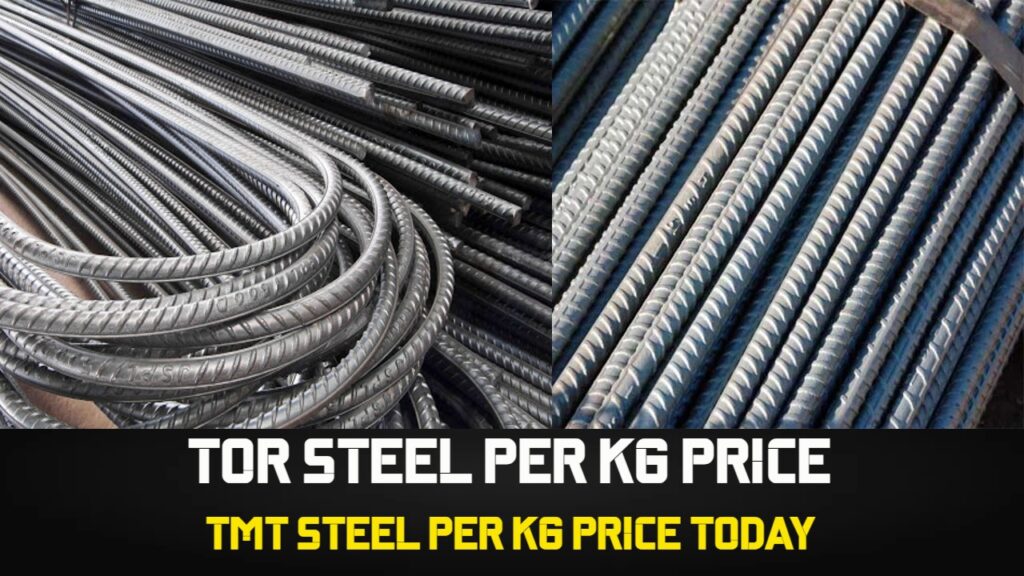
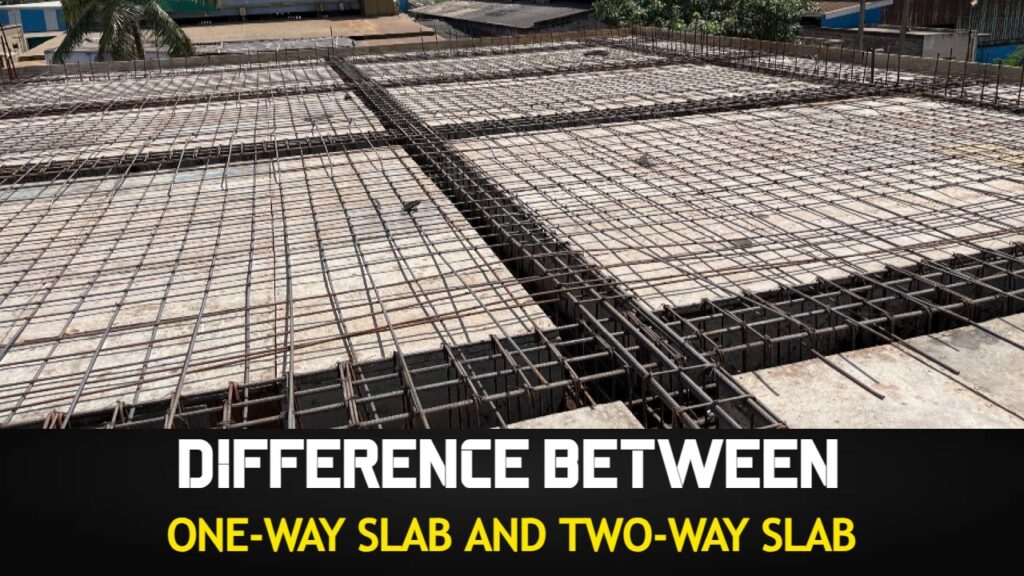
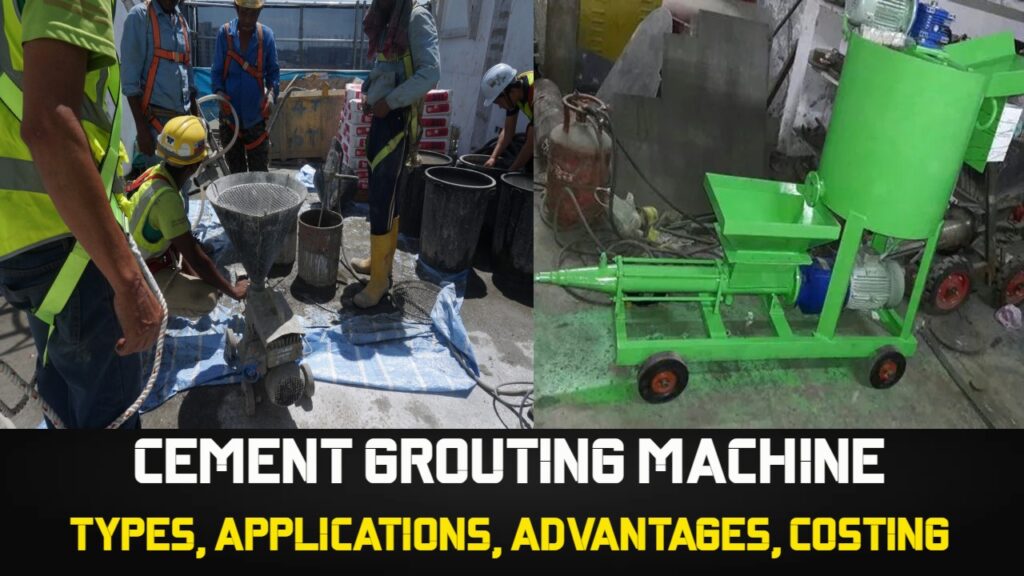
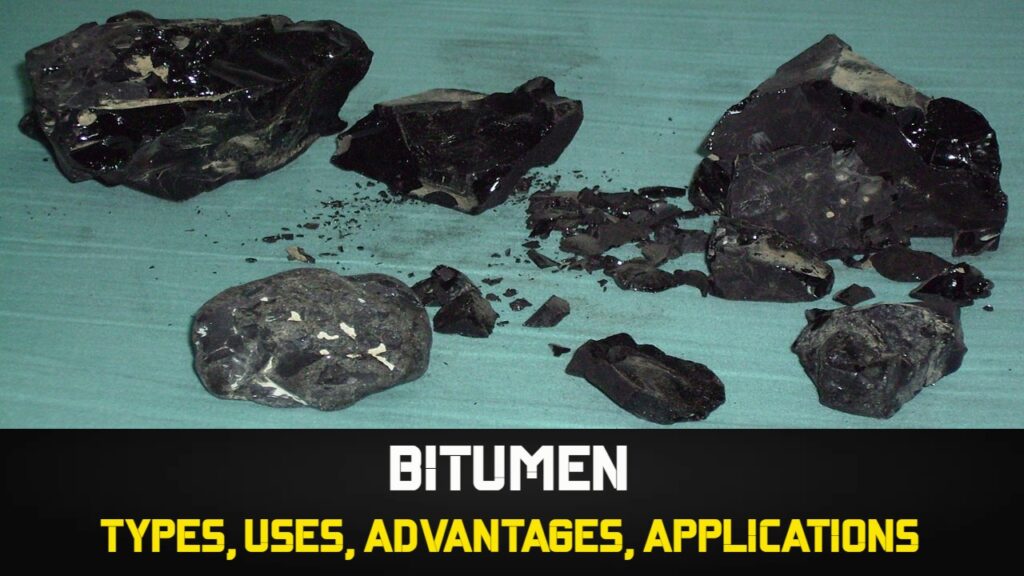


Hi! Mukesh, I am also a blogger and vlogger like you. I love your content and your effort. but I would like to advise you to use Grammarly to avoid several basic grammar and English syntax errors. It will help you to get the best rank in SEO if your contents are error-free.
Regards,
Your well-wishers.
Ok. Thanks for your advice.
Why the different grading of aggeregate are used along with different abrasive charge in los Angeles abrasion test?